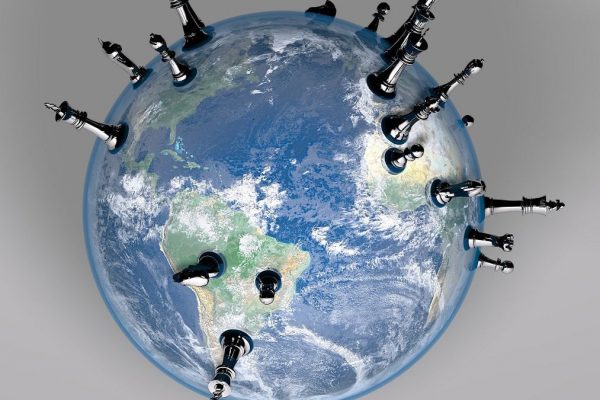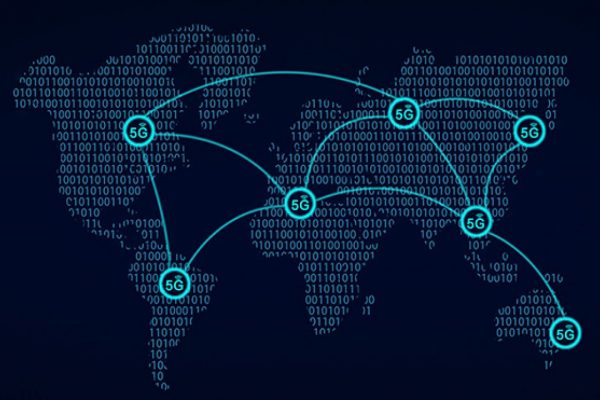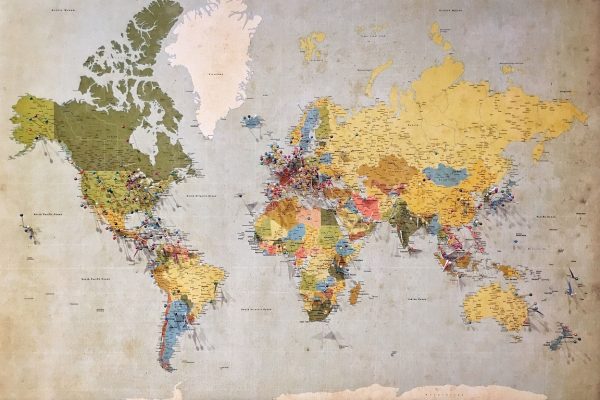This Article corresponds to the “Global Business Strategies” course as part of the Rochat MBA program and was submitted by the student Raissa Paderon.
Sleeping Giant and Emerging Power Shift to Southeast Asian Markets
Sleeping Giant is now wide awake– China. In history class, Napoleon Bonaparte said, “There lies a sleeping giant. Let him sleep! For when he wakes, he will shake the world.” This was in reference to China, and quite the prediction for someone who only lived until 1821. While Napoleon Bonaparte may or may not have had the vision to predict the technological and economic landscape we now live in, he knew China was the one to watch. This is a giant who is waking from its slumber, and this is partly due to the importing and exporting capabilities of a nation of approximately 1.35 billion people, which is slowly creeping closer to the power of the US economy.
China’s no. 1 business is service. It managed to pull out all 800 million people out of poverty. economic reform and opening-up were necessary for the country to eradicate poverty and boost the country for economic growth. Even after four decades the country is witnessing changes in every aspect of people’s life. In coming information age China will play a major role in global economy and innovations. So, what makes China a popular choice for businesses? Companies from all over the world have jumped on the China train and this is mostly due to the economic benefits. The labour market in China is competitive and their products are low cost, this equals higher profit margins which can be difficult to compete with locally.
During Covid, China extends diplomatic relations and help not only in Asia but across the world from vaccine, test kits and PPE suits worth 50USD million. They also send medical experts from China across the globe and they also drive campaign in information pandemic exchange. Also, China had started exporting epidemic prevention equipment to 200 countries including 70.6 billion masks, 340 million sets of protective clothing, 111.5 billion goggles, 96,700 ventilators and test kits, and 40.29 million infrared thermometers to 225 million people. Lastly, Vaccine development. including 70.6 billion masks, 340 million sets of protective clothing, 111.5 billion goggles, 96,700 ventilators and test kits, and 40.29 million infrared thermometers to 225 million people.
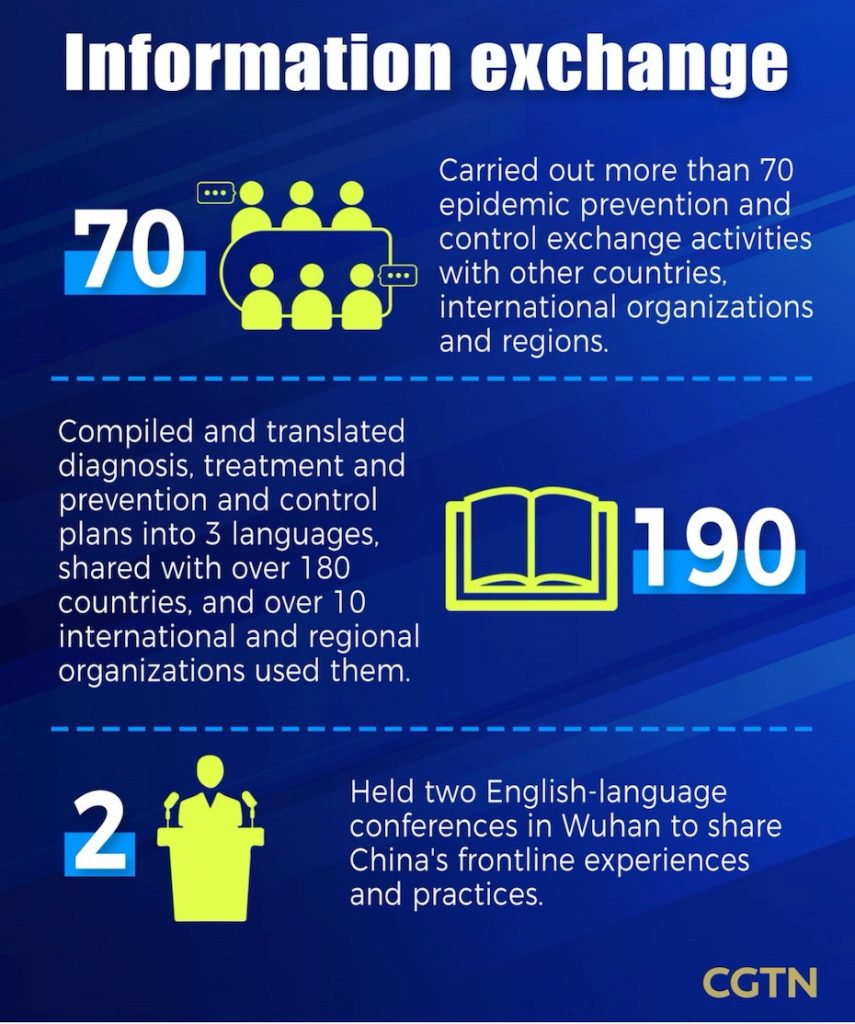
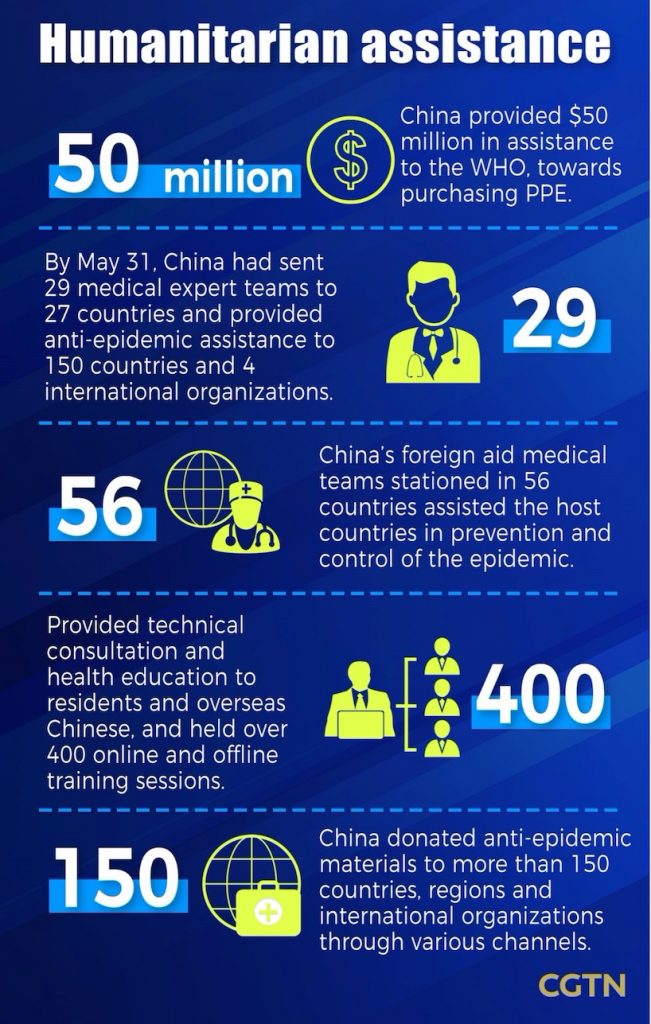
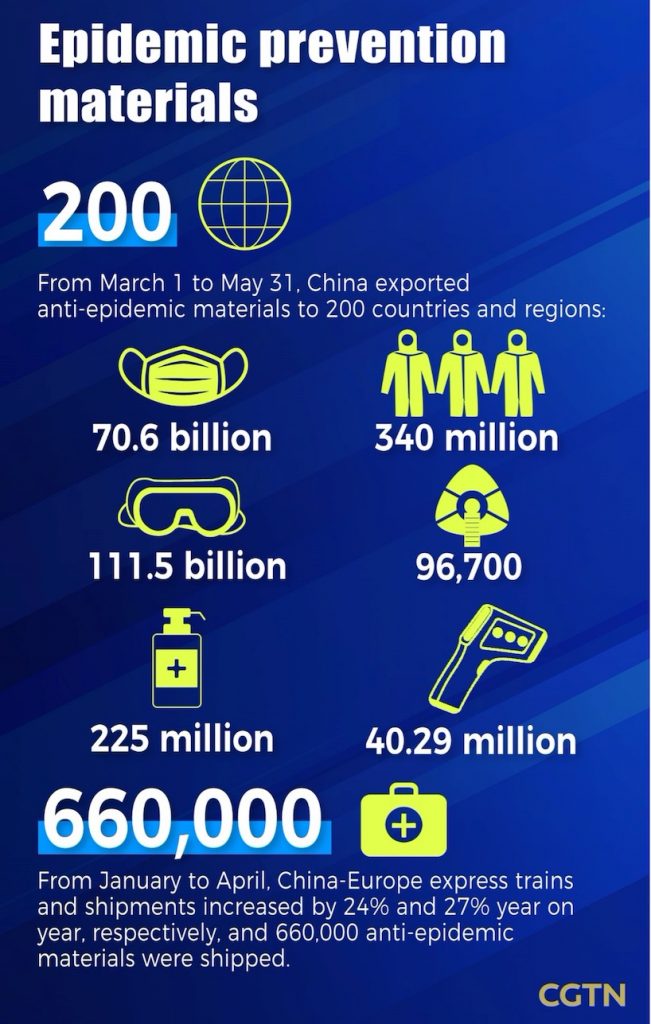
Covid 19 became China’s avenue showcasing not only their wealth, but POWER not military but in technology, medical information trade, logistics, social economical level, diplomatic relations, financial and geography. They maybe 5th powerful country in terms of nuclear but they have real POWER in changing global business.
Given that China had invested road initiative in Africa (which will put airline and sea shipping as lost business) given that it connects all railways across the globe to deliver trade. Also, it’s involvement & strong political relations in South East Asian Nations and Wester countries which are former allies of US. Sooner or later, China will take over US in trade, geopolitical position, investment and will become global economy leader.
References:
http://www.chinadaily.com.cn/a/201808/07/WS5ba49cb0a310c4cc775e795f.html
Power Shift – Southeast Asian Nations. With the rise of China, Southeast Asian Nations will be emerging business market and power will shift on these region.
China is named as sleeping giant but Southeast Asian is named as Crouching Tiger or Hidden Dragon. Why? The countries of Southeast Asia—bound by many regional trade and political agreements—seem to make no sense together. After all, the region includes a small, rich, oil kingdom (Brunei); a post-conflict society (Cambodia); and a wealthy entrepôt economy (Singapore). In addition, there is an autarkic country that has been under military rule since 1962 (Myanmar); a poor, landlocked economy blessed with hydropower and minerals (Laos); and a populous nation whose growth rates rival China’s (Vietnam), not to mention four diverse middle-income economies that aspire to join the ranks of advanced countries (Indonesia, Malaysia, the Philippines, and Thailand).1
Nevertheless, the countries share a strategic location and access to plentiful natural resources. Furthermore, their diversity and increasing integration lie at the heart of the region’s rapid and resilient economic growth. Politically, the region provides stability in a part of the world that is rapidly reshaping the global balance of power. As a result, its continued development—which depends on investments in infrastructure and education, as well as improvements in business climate—is important for the rest of the world.
If China showcase economy process in Covid, Southeast Asian nations showcase power balance in competence, strategic, flexibility and resilience in handling Covid 19. They may not have strong nuclear military weapons but they have strong cultural, dynamic and demographical and economic policies. ASEAN – Association of Southeast Asian Nations approached Covid 19 – strategic and regional to calibrate and help one another.
As the pandemic and its impacts span borders, working collaboratively across the region is more important than ever. Recognizing this, on November 12, the ASEAN Leaders adopted a Comprehensive Recovery Framework and Implementation Plan. Shaping the new normal will mean implementing that plan effectively. It will mean investing in people by preparing the region’s citizens for productivity and flexibility in the future post-COVID world. We have an unprecedented opportunity for systemic change – let’s use it.
Southeast Asian states have trading relations with many countries, both within Asia and globally. Intra-Southeast Asian trade doubled as a percentage of total trade for Southeast Asian states between 1995 and 2005 and is larger as a percentage of their total trade than NAFTA is for its member states (Acharya 2014). Thus, while these states benefit from trade with China, they have many trading partners and their relations are web-like rather than resembling a hub-and-spoke system
Such an approach is useful as not only can institutions and law help smaller states resist great power pressure, they can also allow states to resist in ways that limit the severity of the confrontation. While the use of law and institutions do not make war unthinkable, they do constrain Chinese power and militate against the likelihood of war (Acharya 2014). Furthermore, Southeast Asian states, even those with good relations with the United States, do not want Washington to force them into choosing between China and the United States (Wu 2014, 210
On top of the power shift, is the change in doing business. The shift from traditional business to eCommerce. Everything is dependent on TECHNOLOGY. For Philippines, we are rapidly changing manner of our business. Lazada and Shopee had earned more in 2020 than any store in the mall. So all mall stores are now creating accounts in Lazada and Shopee. For me personally, I don’t go to the mall anymore to buy at Forever 21 but I buy it via Lazada. 😊 It creates Global Business as it has suppliers and buyers across the world.
Lazada, the Southeast Asian e-commerce platform owned by Alibaba Group of China, plans to expand its cross-border operations for international brands with the promise of helping them to grow their business and achieve higher visibility of their products.
Jing Yin, Lazada Group’s co-president, outlined the company’s strategy last week at its first cross-border seller conference of 2019 in Shenzhen, China. “We want to serve as that bridge between our quality cross-border merchants and some 560 million consumers in Southeast Asia,” he said in comments reported by Inside Retail Asia. “Backed by the best expertise and infrastructure from Alibaba, as well as our in-depth understanding of Southeast Asia, we are able to equip our cross-border sellers and brands with the knowledge and tools to ride this massive growth in the region,” Yin added.
Lazada’s cross-border sales have quadrupled over the past three years and, with the aim of boosting sales further in 2019, the company plans to identify and nurture the top 300 brands in each of the six countries that it operates in – Indonesia, Malaysia, the Philippines, Singapore, Thailand and Vietnam.
See the powershift in business lead by China and how Southeast Asian Nations emerge on the new business across the globe?
https://www.warc.com/newsandopinion/news/lazada-aims-to-expand-cross-border-trade/41789
https://carnegieendowment.org/2011/07/07/southeast-asia-crouching-tiger-or-hidden-dragon-pub-44964
https://thediplomat.com/2020/12/covid-19-a-regional-response-is-key-for-asean/

